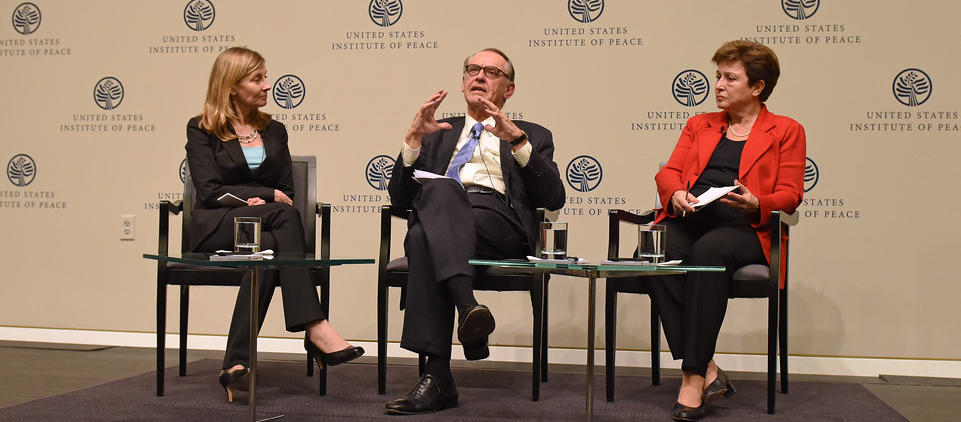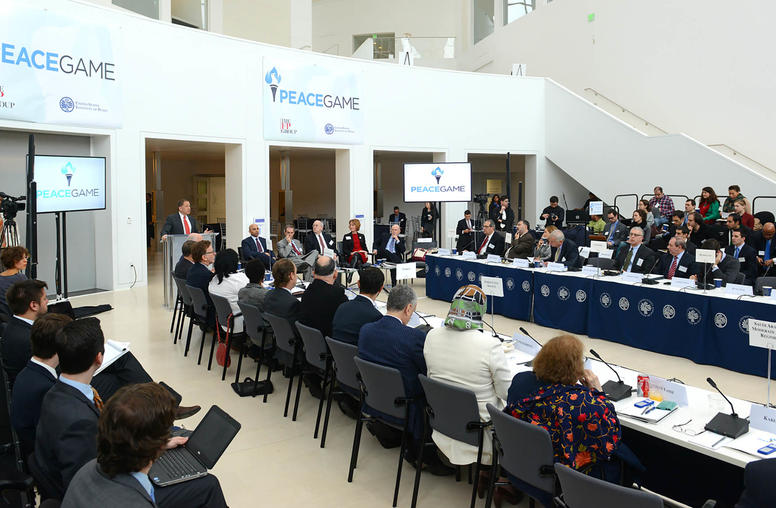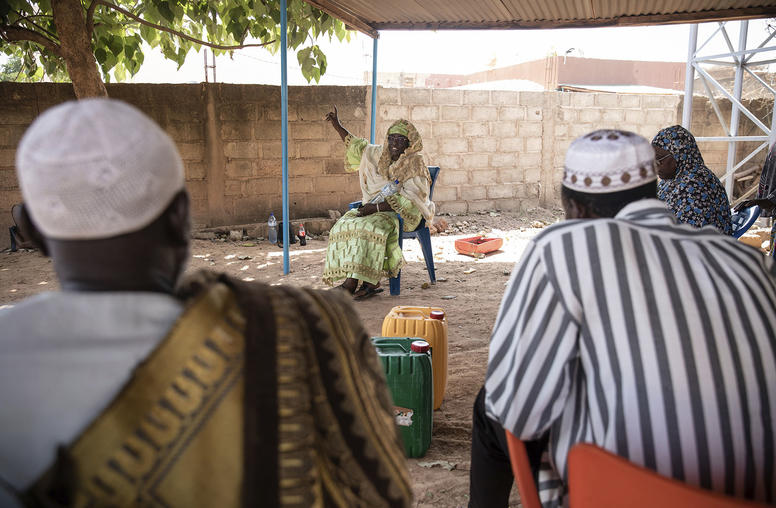Celebrating Peace: 70 Years of the United Nations
The SDGs, Goal 16, and a Vision for Peaceful Inclusive Societies
Read the Event CoverageThe United Nations is celebrating its 70th year, and with this landmark anniversary, has chosen to integrate peace into the architecture that will govern development for the next 15 years. On November 4, the U.S. Institute of Peace, the Alliance for Peacebuilding and the United Nations Association of the National Capital Area hosted Ambassador Jan Eliasson, Deputy Secretary-General of the United Nations, for a discussion on how to turn commitments of peace into action in today’s global development assistance systems.

Recurring humanitarian crises, overstretched development programs, and tenuous peace processes – all occurring in fragile states – call for a united effort to nurture states and societies to address the issues that plague their countries. The inclusion of Global Goal 16 – to promote just, peaceful and inclusive societies – in the new United Nations Sustainable Development Goals is an important achievement. The challenge now becomes translating that commitment into reality in systems and strategies for global development assistance.
This event provided a forum for the Washington community to celebrate the achievements of the United Nations over 70 years, with a discussion on how the goals of the future will impact efforts toward sustainable peace. Continue the conversation on Twitter with #UN70.
Speakers
Ambassador Jan Eliasson
Deputy Secretary-General, United Nations
Ms. Kristalina Georgieva
Vice President for Budget and Human Resources, European Commission
Ms. Nancy Lindborg
President, U.S. Institute of Peace




